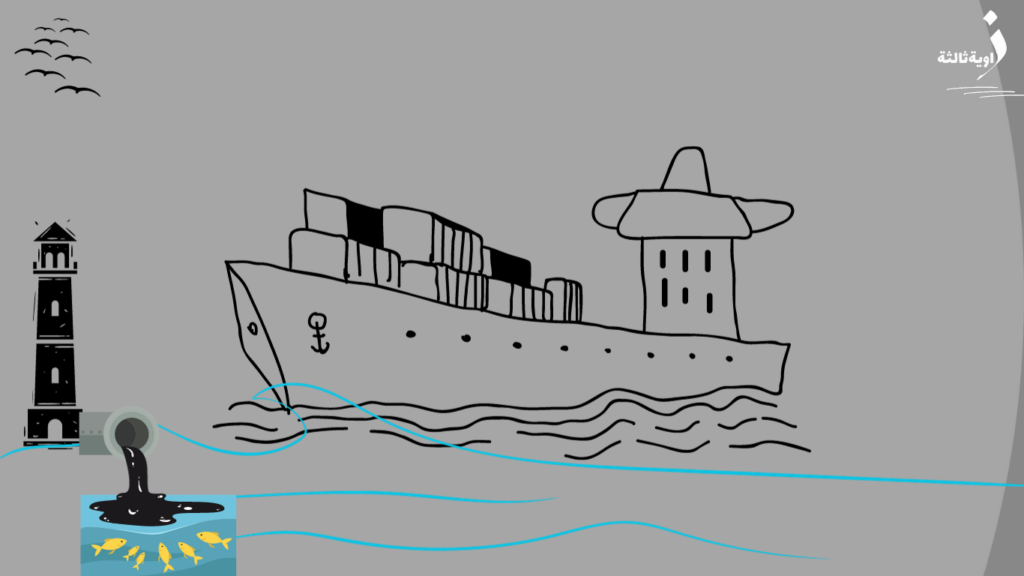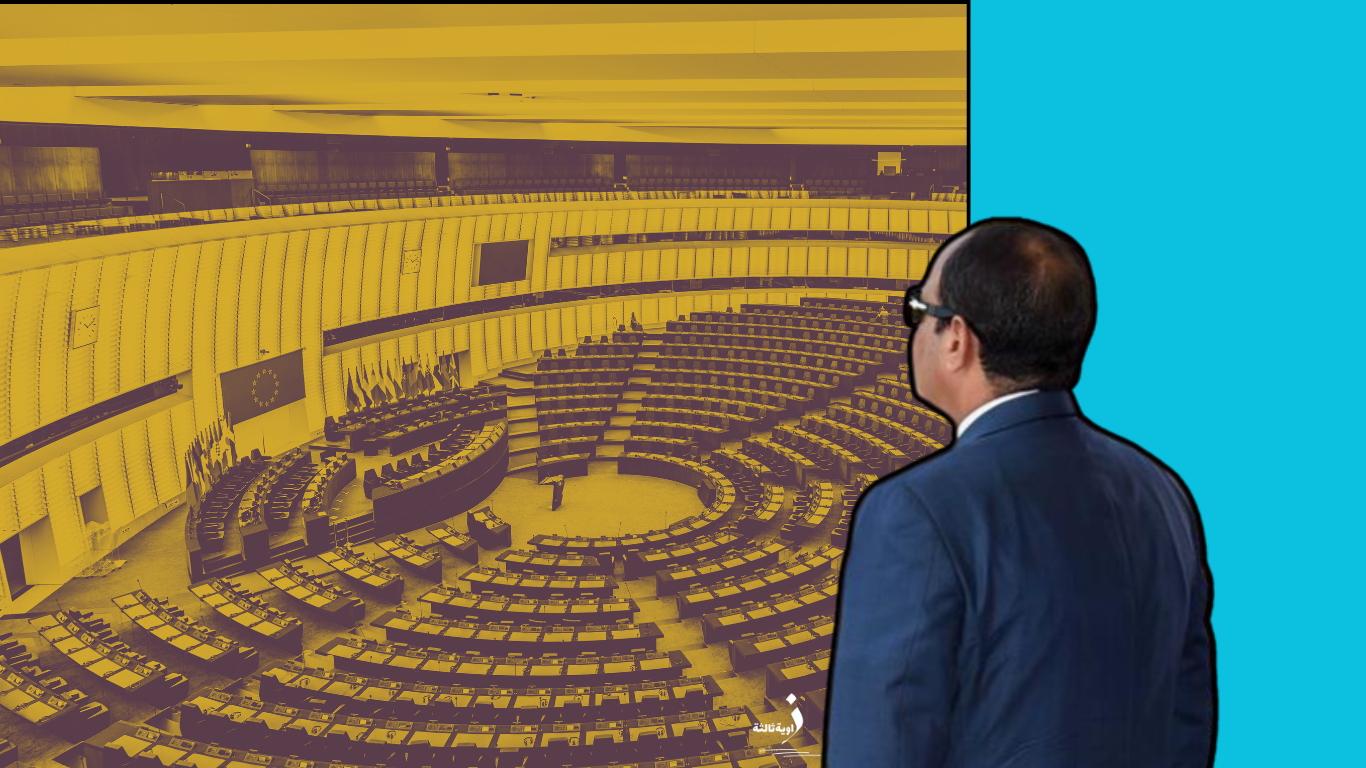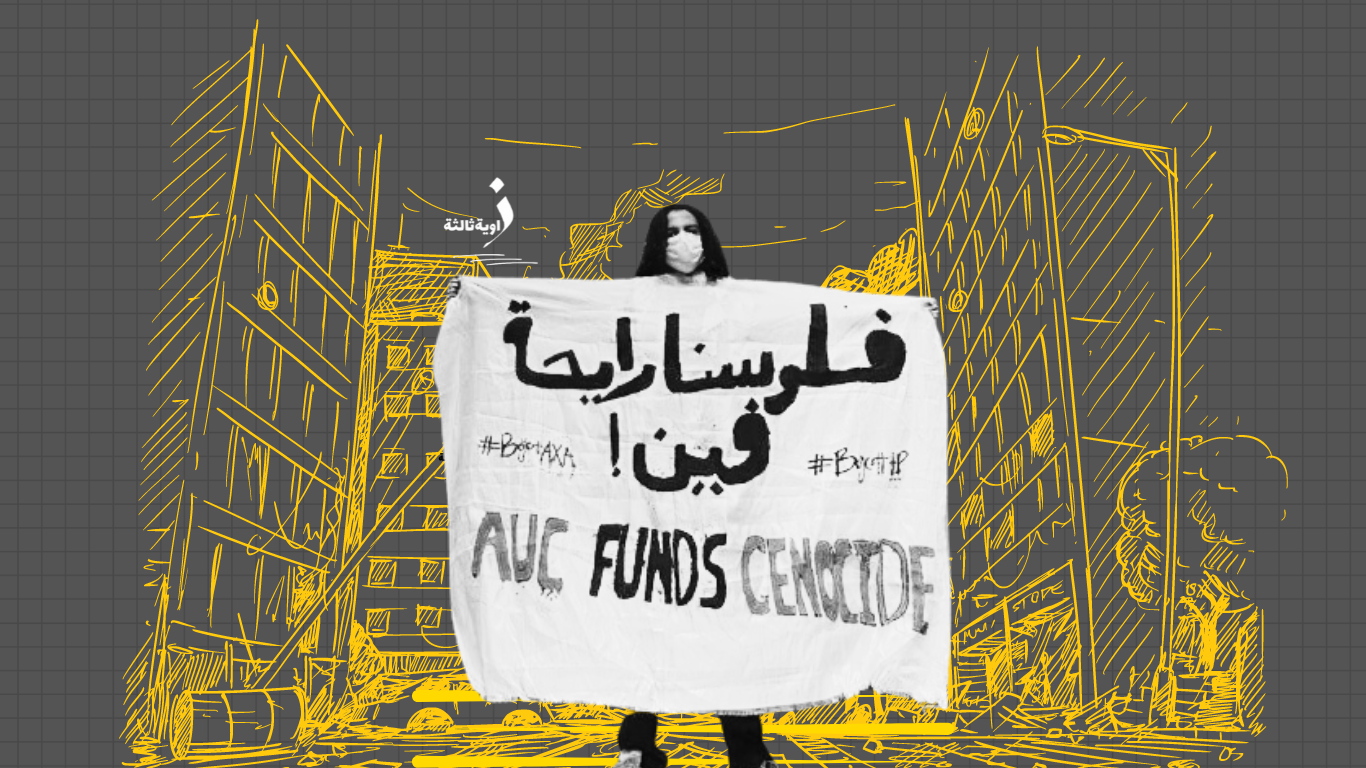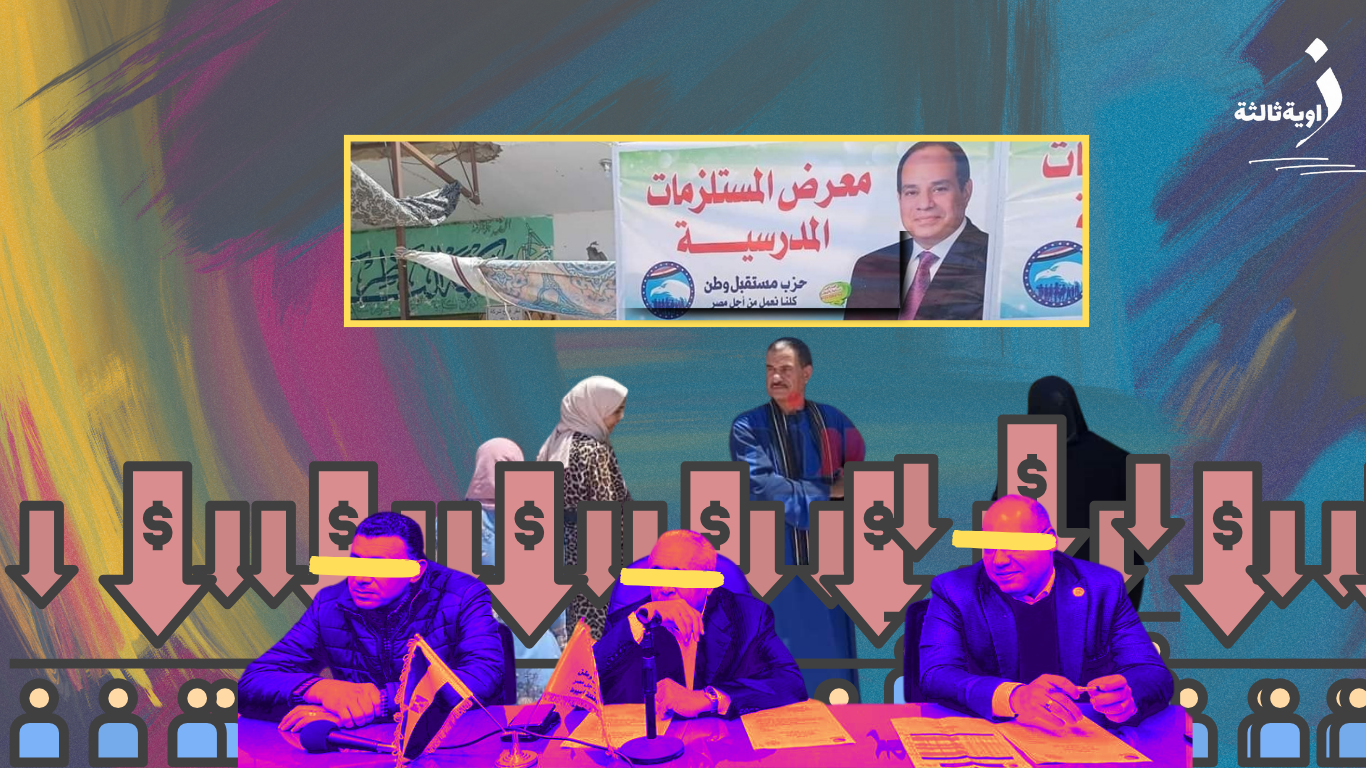In the winter of 2020, the UAE-based company Emaar commenced the construction of an international yacht marina named “Marassi Marina and Yacht Club” in the southern North Coast of the Mediterranean Sea in Egypt.
The cost of the marina, with an area exceeding 1.16 million square meters, along with the resort, amounted to approximately 24.2 billion Egyptian pounds (783.2 million USD), according to Emaar’s website.
Google Earth maps reveal that the company initiated the construction of Marassi Marina by adding a prominent pier in the Mediterranean Sea, in violation of Article 91 of the Ministry of Water Resources and Irrigation Law No. 147, which prohibits the company from altering the natural beach path, either extending into the sea or receding from it.
The plan included the development of Marassi Resort, one of the largest yacht marinas in the Mediterranean, capable of accommodating 267 yachts, as part of the revitalization and exploitation of yacht tourism, which had begun to flourish.
|
Emaar UAE Emaar Properties was established in 1997 and joined the Dubai Financial Market in 2000. Its ownership is distributed among the Dubai government’s Investment Corporation of Dubai at 22.27%, DH 7 at 7.45%, Mohamed Rashid Alabbar at 0.033%, Jamal Khalfan bin Thaniya at 0.0005%, with the remaining shares freely traded on the stock exchange. The company’s paid-up capital reached around 8.1 billion UAE dirhams (2.2 billion USD), and by the end of June 2023, it achieved a net profit of 5.7 billion UAE dirhams (1.56 billion USD). According to Mohamed Alabbar, the founder of Emaar Properties, Emaar’s total investments in Egypt are expected to reach about 10 billion dollars by 2024. |
As soon as the UAE company began the operations of the port, collective complaints emerged from residents of the villages on the northern coast, citing coastal erosion and the appearance of
rocky layers in some tourist villages to the east of the new Marassi port.
Residents of the Diplomats‘ Village, situated to the east of the Marassi Yacht Port, repeatedly appealed to the Prime Minister, demanding an end to the encroachment on the Mediterranean shore due to the construction activities of the Marina.
The UAE company did not adhere to the stipulations of Article 91 of Law No. 147 of the Water Resources and Irrigation Law. Geographic measurements conducted by the report’s author showed erosion in the beaches to the east of the Marassi Yacht Port, ranging approximately between 8 and 9 meters, reaching up to 11 meters, according to Google Earth maps.
All these complaints prompted the Ministry of Environment to take action only a year later, when the crisis surfaced on social media. In July 2022, the Ministry of Environment announced, in a
statement, the suspension of dredging operations at the Marassi port and the formation of a committee to investigate the negative effects of the project.

According to the Minister of Environment, Dr. Yasmin Fuad, the investor conducted an environmental impact study for the Marassi North Coast project, along with a specific study on adhering to
the shoreline and another on beach protection.
Law No. 147 of the Water Resources, issued in 2021 in Article 87, requires the approval of the Ministry of Irrigation and Water Resources, in coordination with the Environmental Affairs Agency, to grant licenses for the establishment of any facilities on the coastal shores within 200 meters from the shoreline.
Fuad explains that the environmental impact study includes measures to mitigate the environmental effects that may result from the project, stating, “We assume that the rocks appearing on the shores east of Marassi Port are a result of nourishing the beaches with sand containing a certain percentage of lime.”
Article 91 of the same law prohibits any action that would affect the natural path of the shoreline or modify it, either extending into the sea or receding from it, without the approval of the Ministry and the Environmental Affairs Agency.
Article 89 of Law No. 147 of the Water Resources for the year 2021 states that in case of violations on the state’s coastal shores, work must be stopped, encroachments removed at the violator’s expense, and the shore restored to its original state, with immediate removal costs collected administratively.
However, none of this happened, as Emaar continued the construction of the yacht marina. Google Earth measurements revealed receding and erosion of the beach to the east of the Marassi Yacht Port, especially after the completion and opening of the project at the end of 2021.
This forced residents of tourist villages to place sand barriers on the beaches to act as wave breakers, compensating for the reduced size of their beaches. Photos we obtained show the appearance of rocky layers on some beaches east of the Marassi Port.
Former Head of the Environmental Affairs Agency, Dr. Salah Hafez, explains the reasons for beach erosion, stating, “Any constructions within the sea change the sea currents in the area, threatening its marine system and leading to erosion in one area and sand deposition in another.”
This was evident in the construction of the Marassi Port inside Sidi Abdel Rahman Gulf in Marsa Matrouh Governorate.
Dr. Salah Hafez explains that sea currents carry sand, helping beaches regain their environmental balance in case of erosion. However, if an obstruction is present, it prevents these currents from following their usual direction, redirecting them to other areas of the beach.
Hafez adds that the presence of any structures within the sea and the resulting disturbance to the beach drive fish to move to other areas, leading to a decrease in fish presence in the marina and the port.
Environmental pollution and deterioration of marine environment cost Egypt around 3% of its GDP annually, according to a 2022 report by the World Bank. According to a report published by “Enterprise Newsletter,” Egyptian beaches lost about 0.1 meters annually from 1984 to 2014.
The report emphasizes that coastal erosion destroys sectors such as tourism and fishing, which rely on intact beaches and clean seas, resulting in a loss of part of the GDP.
A study published in the journal Nature in 2021 showed that around 72% of Egypt’s northern coast is threatened by erosion. Another study, published in the Science journal in 2016, examining changes in the coastline along the Nile Delta, found that between 1990 and 2014, some parts of the coastline eroded at an average rate of 10 to 21 meters per year.

Professor of Environmental Studies at Ain Shams University, Dr. Abdel Messeh Samaan, states that the construction within the sea impedes the amount of sunlight reaching its waters, threatening the ability of marine organisms that rely on light.
Samaan adds in a phone interview that constructions within the sea reduce the growth of marine algae, which serves as the primary food for fish. This reduction may lead to a decrease in the size of marine fish in Egypt.
He emphasizes the necessity of conducting a study to assess the environmental impact of the project, including comprehensive information about the project implementation area and methods for addressing potential damages. Furthermore, there is a need to preserve the biological diversity in the area where the project is located, especially if it is weak or has rare biodiversity.
The Ministry of Environment, in its annual report for 2020 on the state of the Egyptian environment, explains that the northern coasts face numerous problems, including beach erosion, deterioration of coastal plains, intensive use, and rising sea levels due to climate change.
The ministry adds that the northern coast of the Mediterranean Sea, extending over a thousand kilometers, consists of four sectors: shores not exposed to erosion risks, extending from Salloum to Alexandria and from Arish to Rafah; shores limited in exposure to erosion risks, extending from west of Arish to Burdawil, in addition to another sector east of Alexandria.
Meanwhile, Emaar UAE limited its statement to stating that it executed a project to address beach erosion at a cost of 70 million Egyptian pounds (2.2 million USD), as reported in the press, without committing to Law No. 147 of Water Resources, which stipulates “restoring the matter to its original state” in case of violations.
At the end of 2022, the company donated 206 million Egyptian pounds (6.6 million USD) to the “Long Live Egypt” fund following the beach erosion crisis in Sidi Abdel Rahman Gulf in the same year.
After this donation, discussions about beach erosion at Sidi Abdel Rahman ceased. Meanwhile, Emaar announced its aspirations to increase its investments in Egypt to around 10 billion dollars by 2024, in addition to plans to purchase towers in the New Alamein City, the “Jewel of the Egyptian Government” on the Mediterranean coast.
This report was completed with the support of Arij.












